5. Westworld (1973)
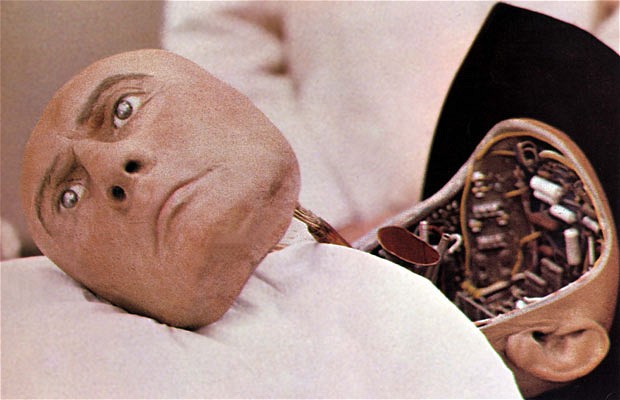
No list of Horror Westerns is worth a lick without at least referencing this iconic sci-fantasy objet d’art from 1973, made populist in recent years thanks to Jonathan Nolan’s bloated but beautiful HBO update. A wonderfully weird mélange marrying the Western, the thriller and the sci-fi film with largely pleasing and certainly chilling results, Westworld also marks the somewhat schlocky cinematic directorial debut of Michael Crichton.
Set in Delos, an amusement park staffed by robots –– like nothing could go wrong here –– thank goodness android gunslinger Yul Brynner has hardwired safeguards to prevent him from massacring humans, though a rampant computer virus isn’t making it any easier for the mechanical entertainers eager to act homicidal in serio-comic fashion.
While the Westworld plot arcs in the direction of Crichton’s later and similar Jurassic Park, it also shares a similar spate of fistpumping fun, fromage, and formidable heroes and villains. The satire that Crichton presents may not sting as much as intended but it works as escapist action cinema, and as an excellent artifact of 70s pop culture.
4. A Girl Walks Home Alone at Night (2014)
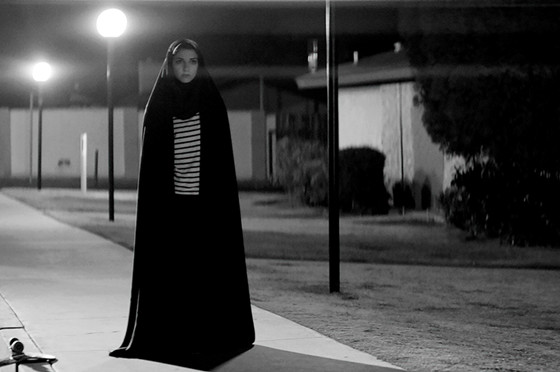
When A Girl Walks Home Alone at Night debuted at Sundance in 2014 it was hailed by New York Times critic Brooks Barnes as “the first Iranian vampire Western”, and even that is a loose approximation of what the film truly is.
The directorial debut from Ana Lily Amirpour (The Bad Batch [2016]), A Girl Walks Home Alone at Night is, at a cursory glance, a moody, misty vampire film set in a fictional Iranian borough called Bad City. But a closer eye reveals a Beckett-like conception, recognizable in its dark shadows are the shapes and styles of a Spaghetti Western, a feminist revenge fantasy, and much more.
Sheila Vand stars as the unnamed madam protagonist, a distant relation to Sergio Leone’s and Akira Kurosawa’s rōnin heroes. Clad in a destined-to-be-iconic ebony chador — a traditional, body-length garment worn by Iranian women — Vand, like an avenging angel, protects Bad City from black marketeers, violent pimps, and wannabe tough guys. There’s also a nimble gender-reversal love interest angle, and an adorable cat, in this familiar yet fresh arthouse astonishment. It might just be your new favorite movie.
3. Ravenous (1999)
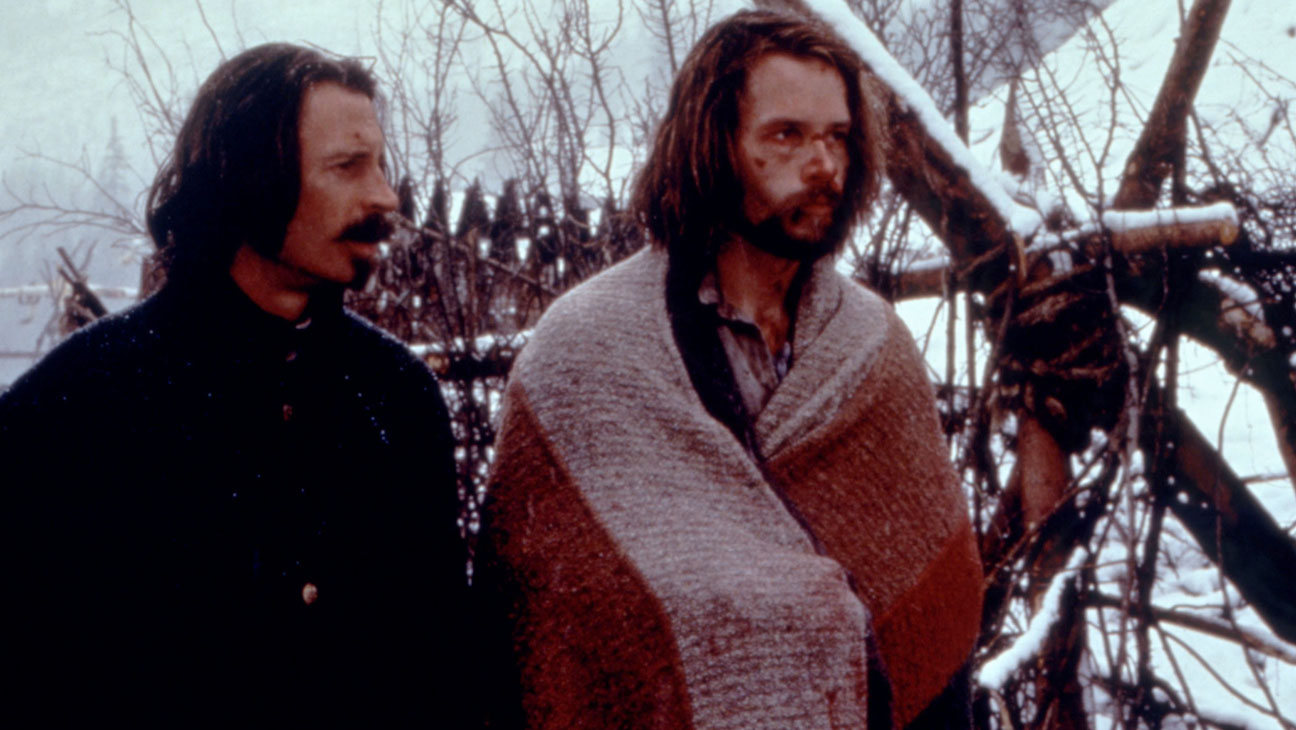
Antonia Bird’s gruesome black comedy/horror-suspense movie messes around with the mystery around both the Donner Party and Alfred Packer tragedies in this decidedly strange tale of cannibalism and survival in 1840s California.
The creep factor is considerably upped by the Damon Albarn/Michael Nyman score, cinematographer Anthony B. Richmond’s lensing, Bird’s solid direction, and some whacked out performances from Robert Carlyle and David Arquette.
Captain John Boyd (Guy Pearce) is sent to investigate strange reports of missing men, women, and children at a remote Army outpost, Fort Spencer, on the Western frontier. It’s not long before Boyd and his regiment find wounded frontiersman F.W. Colquhoun (Carlyle), whose horrible report of a wagon train tragedy and a rogue Army colonel lead Boyd and his boys into the evil unknown.
Ravenous originally received a tepid and lukewarm response from audiences and critics, though Roger Ebert rightly detailed it as “the kind of movie where you savor the texture of the filmmaking, even when the story strays into shapeless gore.”
Now, in hindsight and rediscovered by adventurous audiences, Bird’s Ravenous is better appreciated for its skewering of Western tropes, razor-sharp satirical tact, vivid horror elements, and silly-strange intensity. Don’t miss it.
2. Near Dark (1987)
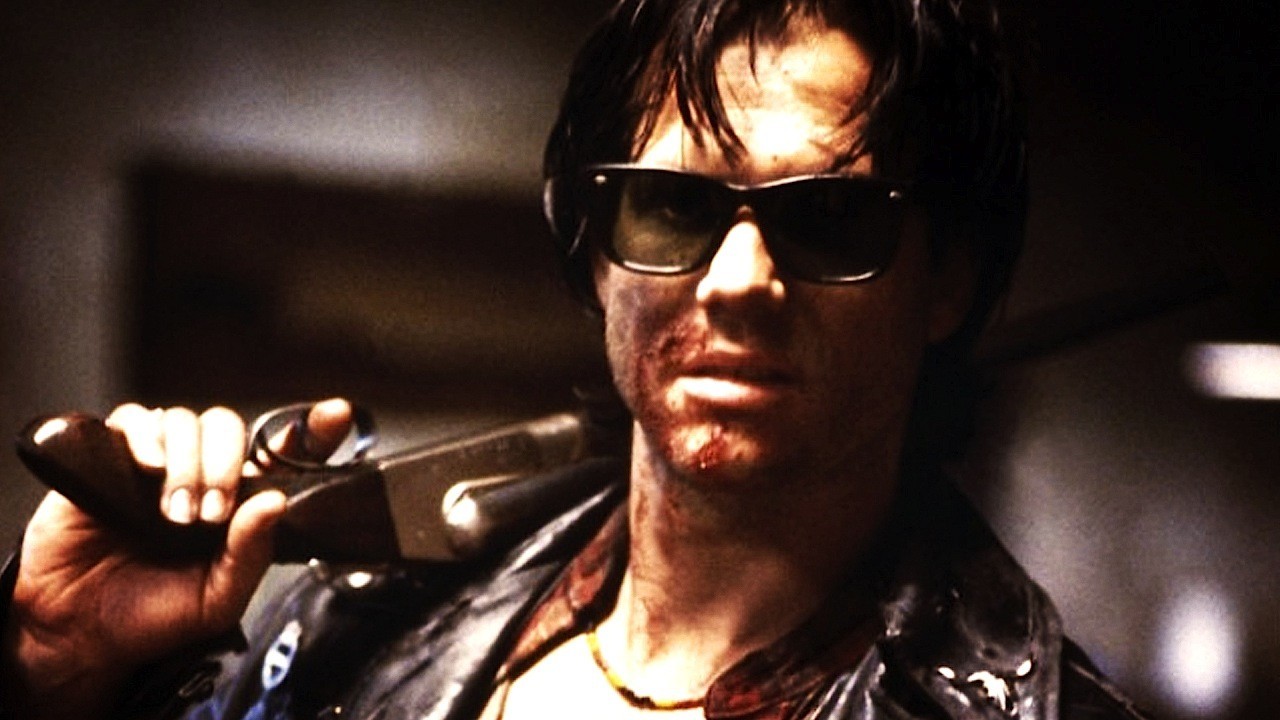
Director and co-screenwriter Kathryn Bigelow bravely reimagines the vampire mythos with a trailer-park Americana sensibility in her astonishing sophomore film from 1987, Near Dark. A genre mashup of two formulaic film types –– the Western and the vampire movie –– Near Dark also offers a romantic and contradictory fable for the midnight movie crowd.
Lance Henriksen is the patriarchal figure to a rogue band of vampires that also includes a spurs-adorned Bill Paxton and Joshua John Miller’s man-trapped-in-a-child’s-body blood sucker. Toss in a first rate soundtrack by Tangerine Dream and the resulting film is a heady mix of extravagance, poetics, violence, and unrequited love. For all it’s flaws and imperfections, Near Dark still maintains a near perfect serrated edge of dark artistry.
The only reason Near Dark isn’t in the top spot on this list is that it takes more of a revisionist approach to Western tropes in a modern setting, unlike the top pick which, as you’ll see, is as high falutin’ and dust-dangled as a tumbleweed at high noon.
1. Bone Tomahawk (2015)
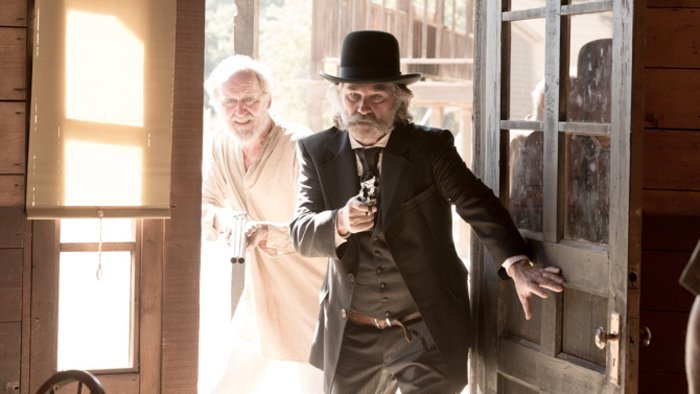
Bone Tomahawk marks the dazzling directorial debut of a new cinematic storyteller in writer/director S. Craig Zahler (Brawl in Cell Block 99 [2017], Dragged Across Concrete [2018]). A disturbing revisionist Western with a heart for horror and a mind for the strange, the 1890s frontier presented here at first feels like the familiar terrain of John Ford –– The Searchers (1956) springs to mind –– before running a nail-biting detour down a thoroughfare of shock-addled circumstance, jet black humor, and an ending you’ll be shaking off for days afterward.
Kurt Russell is great as gunslinging sheriff Franklin Hunt, leading a doomed rabble out for revenge against a band of cannibalistic savages who’ve kidnapped members of their settlement, the ironically named Bright Hope. The risky business that ensues is never less than riveting, making for a skilled fusion of nightmare fuel and Old West visage that will shock and richly reward the courageous seer.
Make no mistake, Bone Tomahawk is a modern genre classic destined for cult status and midnight viewings for years to come, and it is not at all for the squeamish. You’ve been warned, now giddy up.
Honorable Mention: Rider of the Skulls (1965, directed by Alfredo Salazar), The Valley of the Gwangai (1969, directed by James O’Connolly), The Beguiled (1971, directed by Don Siegel), Ghost Town (1988. directed by Richard Governor), Grim Prairie Tales (1990, directed by Wayne Coe), Silent Tongue (1993, directed by Sam Shepard), Dead Birds (2004, directed by Alex Turner), The Wind (2018, directed by Emma Tammi).
Author Bio: Shane Scott-Travis is a film critic, screenwriter, comic book author/illustrator and cineaste. Currently residing in Vancouver, Canada, Shane can often be found at the cinema, the dog park, or off in a corner someplace, paraphrasing Groucho Marx. Follow Shane on Twitter @ShaneScottravis.